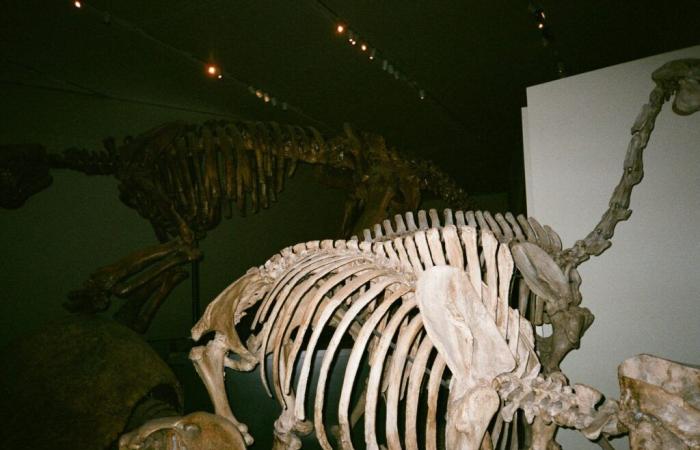Los crocodiles They are much more than reptiles of fearsome appearance. According to a recent research published in the magazine PalaeontologyThey are the only known vertebrates who managed to survive two mass extinctions: The end of the Triassic period and that of the Cretaceous end, the same that eliminated the dinosaurs. His lineage dates back to more than 230 million yearsand even today they continue to live wetlands, rivers and lakes in different parts of the world.
The study, led by the paleontologist Keegan Melstromanalyzed dozens of fossil and current skulls to understand how these animals resisted when so many others disappeared. The key? Their remarkable capacity for ecological adaptation and a versatile diet that allowed them to survive in extreme and very different contexts with each other.
For more than two geological centuries, the crocodiles knew how to adjust their behavior and food to the planet changes. These are some of the reasons that explain their permanence:
This combination of factors was what made the difference when the global catastrophes that ended thousands of other species arrived.
The team led by Keegan Melstrom analyzed 119 skullsboth fossil and current species. His goal was to understand how the form of the skull of these reptiles had evolved over time and what clues could offer about their diet. “Many groups closely related to crocodiles were more diverse and abundant, but disappeared. Only these few generalist crocodrilids survived,” Melstrom explained, cited by The confidential.
Today they exist 26 live species of crocodileswhich continue to demonstrate that ability to adapt. They can be found in wetlands, rivers, marshes and lagoons, eating fish, birds, small mammals or carrion. And although we see them as a threat on many occasions, their mere existence is an evolutionary feat.
Far from being simply “dangerous”, crocodiles are the last living vestige of a lineage that resisted the collapse of whole worlds. “When we see a crocodile, we should admire its more than 200 million years of evolutionary history,” said Randy Imis, paleontologist at the Utah Natural History Museum.






